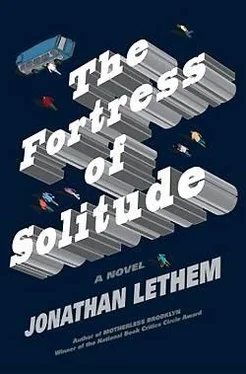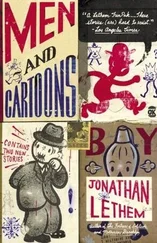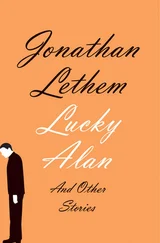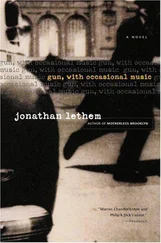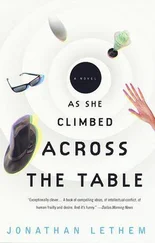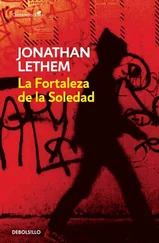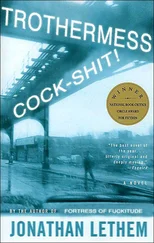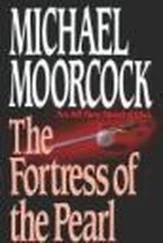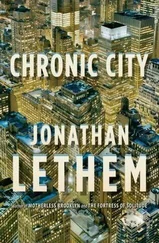Strange groups on the bare sidewalk give uneasy props all around, heads bobbing and nodding, eyes averted.
All gaze is deferred to the warehouse wall, the splendid explosion of graffiti there.
At the center of this dead land Samuel J. Underberg’s is a site of mysterious life, one to which the family-owned business is oblivious. It’s nothing to do with their real profitability, which is mainly in supplying new shopping carts, replacements for those stolen by the homeless or wrecked in parking lot collisions. Every day Underberg’s trucks dozens of carts out of their warehouse to supermarkets all over Brooklyn. From the warehouse they also shift big-ticket items like registers and rubber matting and display carousels. Call it a niche. At least it keeps a number of men employed, cousins, many of them.
None of this remotely explains the special magnetism of Underberg’s for the kids who congregate there. The secret’s inside the dinky showroom, practically an afterthought, which features the trimmings a supermarket needs to dress itself as a stage set for the play of shopping: fake parsley-sprig barriers to lay between different cuts of meat inside coolers, fake plastic salamis and gourds of cheese to bulk up displays of real goods, vinyl and laminate signage cut in shapes of fish and pigs to stick in the fronts of delicatessen trays, hot-pink and orange fluorescent signs blaring SPECIAL!
“Yo, man, check it out, that’s Strike, man.”
“Strike? Really?” This a whisper of disbelief that the King of the Broadway Line would materialize in human form.
“Check it out man, he’s tagging up.”
“Ho, snap, man. Strike .”
“I’m gonna get him to sign my book.”
The Underberg’s showroom is the sole place in Brooklyn where a walk-in customer can buy, no questions asked, an eight-ounce bottle of Garvey Formula XT-70 Violet, an industrial ink comprised of ethanol, butyl ether, and polyamid resin, formulated specifically for stamping prices on frozen cellophane and plastic-wrapped packages of slimy meat. Garvey Violet’s unique grabability extends also to grime-covered windowpanes-the panes in question being those of subway cars. For use in the homemade markers of graffiti artists Garvey Violet is an irreplaceable elixir, and that, in turn, makes lowly, oblivious Underberg’s a destination. It also ensures that the sides of the building form a constantly updated museum of tags from every corner of the borough, a showcase for rival tribes in temporary collaboration.
The skull-capped men at the showroom counter have sussed out this much: Garvey Violet is stacked well behind the counter, so it can only be purchased, never shoplifted. And the counter it hides behind is a glass case filled with cutlery, boning knifes, fat cleavers. At $5.99 a bottle Garvey Violet’s enough of a bargain the writers pony up-the only other option, anyway, would be to storm the place with shotguns. Their acting out inside the showroom is more covert: stealing fake fruit and scribbling tiny tags here and there on the cardboard displays.
But apart from this the writers tend to shift in and out glumly, one at a time plunking cash on the counter and mumbling the request, their braggadocio damped until back on the street.
“Yo, man, you hear that? He said Jew want a bag for that ?”
“Ah, shut up, man.”
“I swear man, he said it. I’m not making it up.”
These wary groups pass around drawing books bound in pebbly black board, full of their own and others’ tags, as well as full-color felt-tip blueprints for top-to-bottom burners they hope someday to dare to reproduce on a train. Underberg’s is a place for displaying books, for gathering autographs from all over, though the risk is always abasement or mockery if a group of older, stronger writers decides to bully some younger faction.
From up Flatbush Avenue, off the D train, from up Fourth Avenue off the N and the R at Pacific Street, wandering up from the projects, small groups arrive in waves and mingle jostling on the sidewalk there, blocking the Underberg’s men from loading their truck. They come and go noisily, the groups themselves like a form of human scribbling.
This day two white kids stand hoping to be inconspicuous in the gabble of activity that’s suddenly all around them, a simple run to Underberg’s not so simple after all. One’s frozen in the act of tagging up.
“Check out the white boys, man, think they bad.”
“What you write, white boy?”
The white kid with the marker is silent, shoulders bunched against his harassers, but with a certain plodding integrity he finishes marking his tag on Underberg’s wall, in the small space he’s found between larger, spray-painted throw-ups.
“Whazzat say? Art? A-R-T?”
“Dude’s tag is Art , man. That’s wack.”
“Your name Arturo , dude? You don’t look Puerto Rican to me.”
“Shut up, man, leave the guy alone.”
“He’s a toy.”
“Leave him alone, man.”
“I’m not messin’ with the dude, yo, I just want to see what he’s writin’. You with a crew, Art ?”
Question’s rhetorical: What white kid could be with a crew? For that matter, what self-respecting crew could contain a white dude, let alone a small, ferrety white dude like this one, let alone two white dudes? Not to mention two like these, beginning to cower instinctively against Underberg’s wall in the manner in which negotiating the halls and schoolyard and adjacent streets of Intermediate School 293 has tutored them.
Ritualized cringes buried millimeter-deep in the psyches of the two white kids, mock-asthmatic seizures and other forms of beseeching, are ready to surface when the nearest thing to a crew these guys could ever hope for pops back out of the showroom with a fresh-purchased bottle of Garvey Violet: Mingus Rude.
Mingus’s assessment of the situation is so instantaneous and smooth his remark seems to emerge from his mouth even as he himself emerges from Underberg’s, while at the same time he slips the bottle of ink into the fat thigh pocket of his military-surplus pants. He doesn’t address the four black kids who are tightening the lasso of themselves around Arthur Lomb and Dylan Ebdus, instead speaks as if all but Arthur and Dylan are invisible, his tone one of annoyance.
“Fuck you doin’, Art man? I tole you them other dudes are waiting for us. Ain’t time to be foolin’ around here, man, we got to go .”
A reference to other dudes is magic. The lasso slackens. Arthur and Dylan nod obediently to Mingus, duck their heads, eyes cast down on the sidewalk as they follow him.
The three escape together, leaving the Underberg’s pavement to other confrontations.
Across Flatbush, Arthur Lomb skips up excitedly beside Mingus, while Dylan lags behind. Arthur’s eager mimicry produces a twee, mechanical version of Mingus’s hunched lope. He really is, in this sense, a toy : he’s turning himself into a Mingus-puppet. “Yo, them dudes were talking about Strike, man, they said he was there tagging up, but I didn’t see him. Could be wishful thinking, just like everybody claims they saw Son of Sam. Anyway, Strike’s okay, but I prefer Zephyr, I think he’s really got the most original tag, yo, man, you know what I mean?” Mingus only grunts and stalks on, but that’s encouragement enough for Arthur. “Man, that one guy was trying to act real scary, but I could see his face, he looked like a baby, his lips were all blubbery. Yo, I probly could of taken him if you hadn’t come out just then. Lucky for him I’d say, yo.” Arthur’s careful slurring of certain words, in contrast to his sharply nerdish pronunciation elsewhere, is wincingly obvious to Dylan, who wonders why Mingus doesn’t just smack him upside the head and command him to stop. But Mingus tolerates Arthur’s parroting talk, accepts this transformation Arthur’s accomplished, somehow, in the month Dylan’s been away. Arthur Lomb, it appears, contains multitudes: he’s managed this utter self-reformatting with the same sleazy facility with which he earlier dumped the Mets for the Yankees. “Couple white boys could of taken their paints and shit off them, I bet, that is if they had anything worth taking, which I doubt, yo, judging from the poor condition of their sneakers.”
Читать дальше
